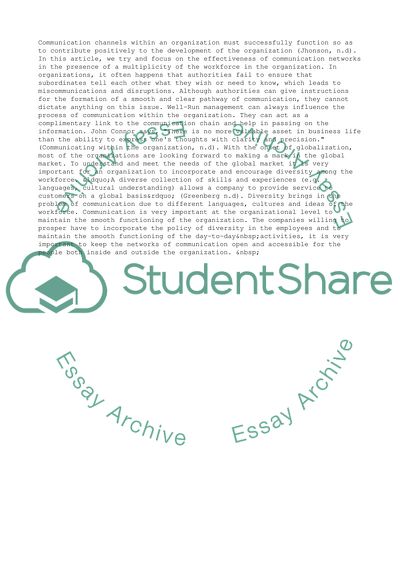Cite this document
(Communication in Organizations: Networks and the Employees Term Paper, n.d.)
Communication in Organizations: Networks and the Employees Term Paper. Retrieved from https://studentshare.org/management/1567232-communication-in-organizations
Communication in Organizations: Networks and the Employees Term Paper. Retrieved from https://studentshare.org/management/1567232-communication-in-organizations
(Communication in Organizations: Networks and the Employees Term Paper)
Communication in Organizations: Networks and the Employees Term Paper. https://studentshare.org/management/1567232-communication-in-organizations.
Communication in Organizations: Networks and the Employees Term Paper. https://studentshare.org/management/1567232-communication-in-organizations.
“Communication in Organizations: Networks and the Employees Term Paper”. https://studentshare.org/management/1567232-communication-in-organizations.


